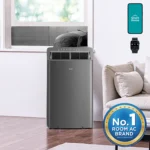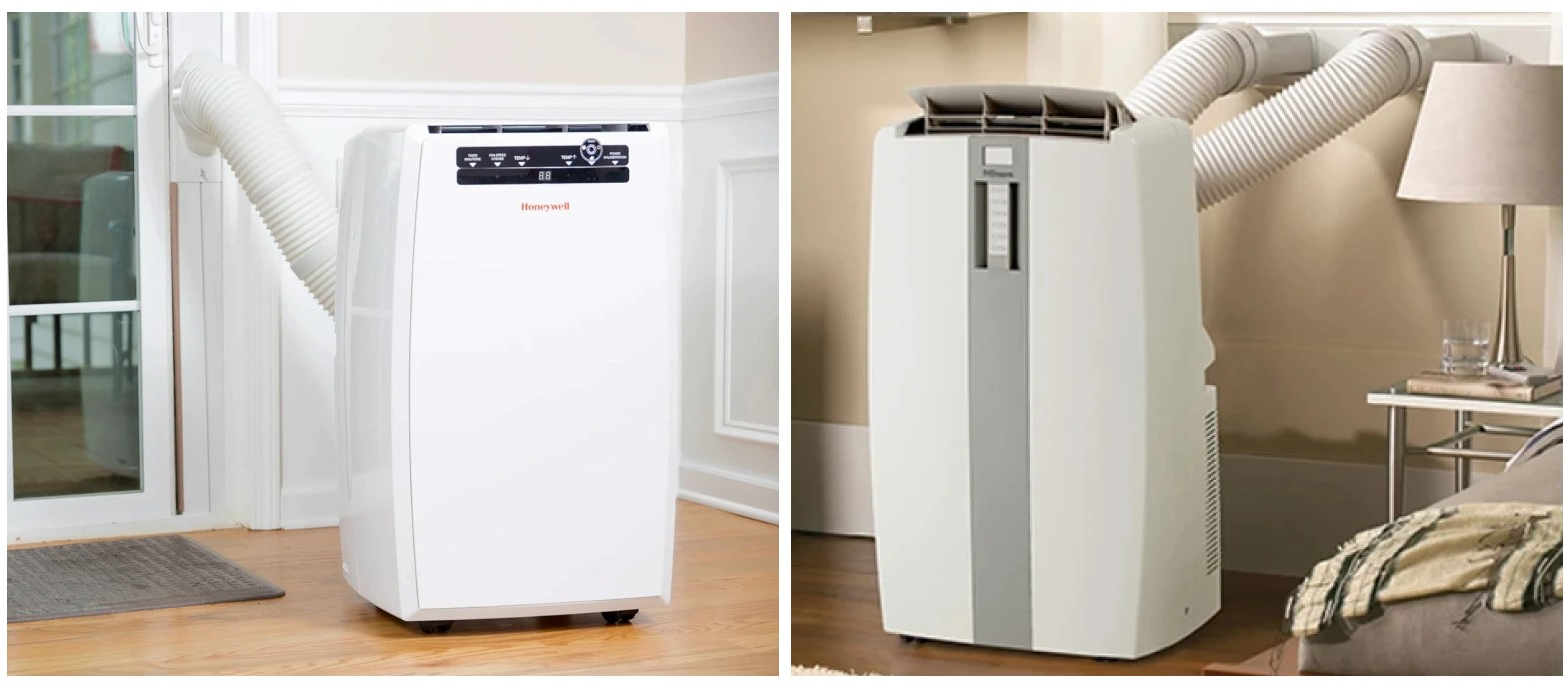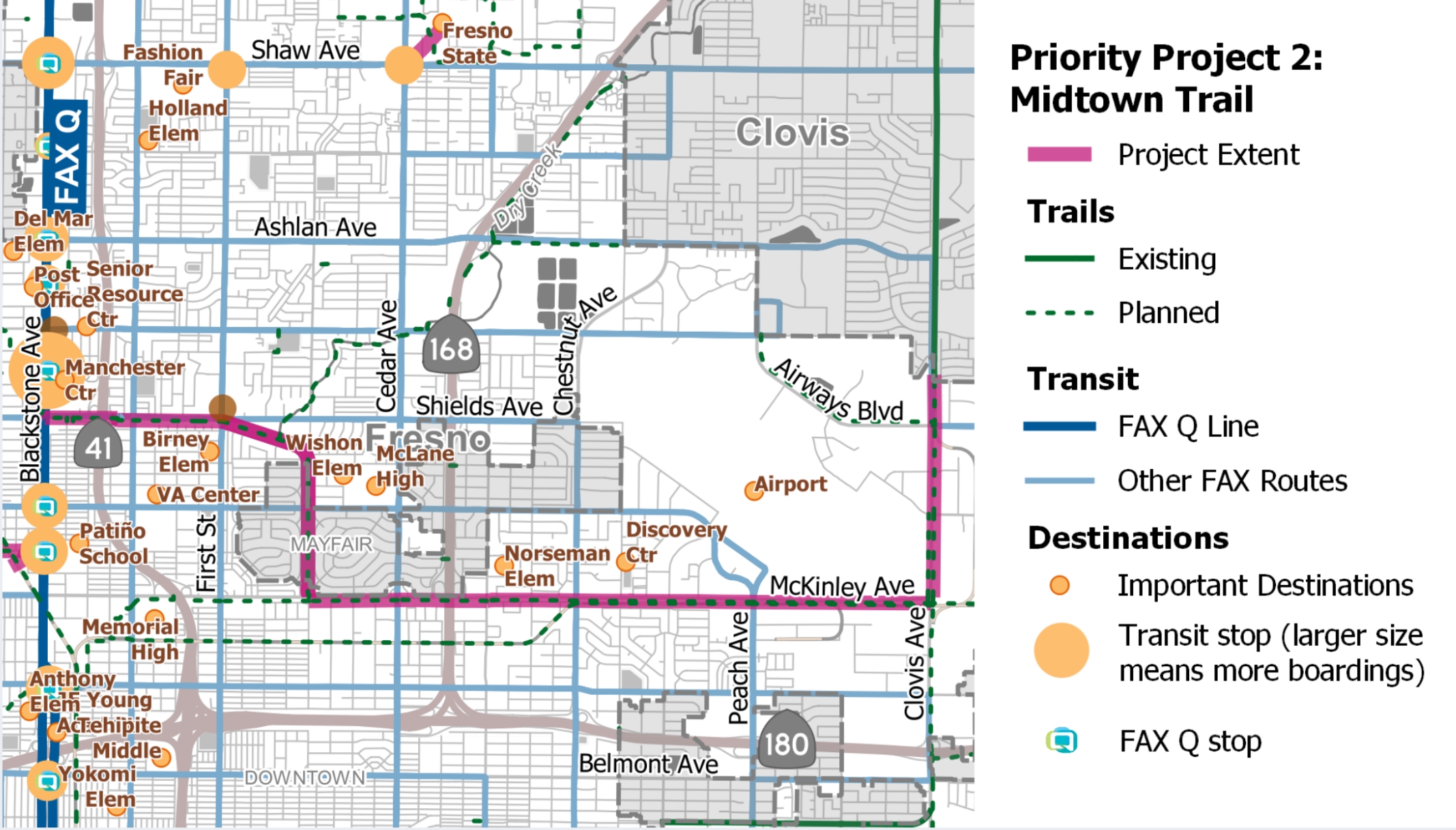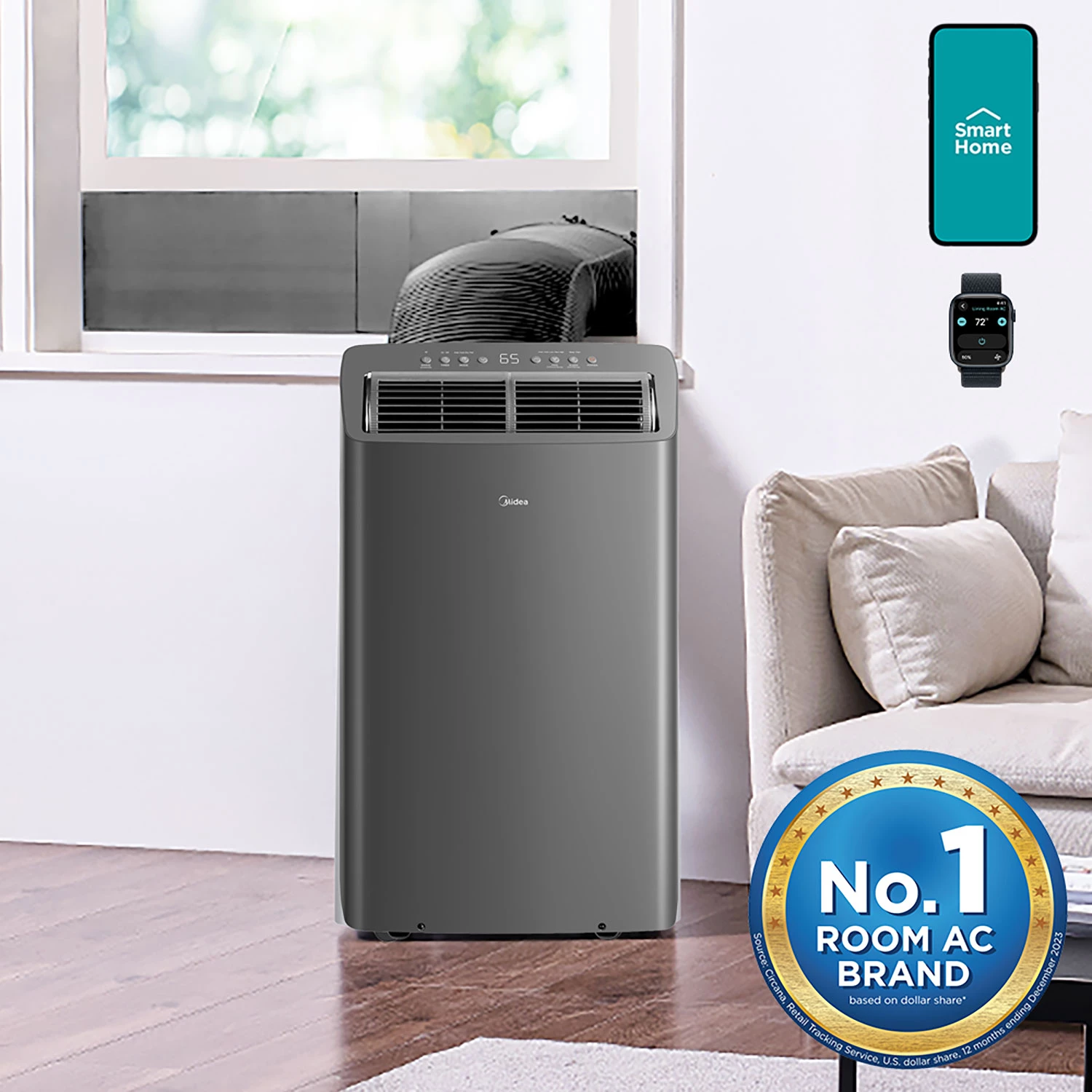I was thinking about doing a post on portable air conditioners (PACs), but I thought to myself, “Summer’s almost over, who cares?” It’s October 7, and the temperatures are still in the triple digit range, so here I am. I have learned that there are essentially only two types to differentiate them: Single hose and Dual hose. Single hose PACs are the most common and simplest type, and tend to be cheaper upfront. But there’s a fatal flaw with them: negative pressure. Single hose units suck, literally. It will use your cooler, clean, inside air to cool down its compressor (simply put, the thing that removes hot air; in larger ACs, the compressor is located outside, either on the ground or on a roof), and expel that air outside. Any other air conditioner (such as a dual hose) doesn’t do that; indoor air stays inside, and outdoor air is only used to cool down its compressor. It’s a pretty big flaw in single hose PACs that manufacturers won’t ever tell you about in the documentation.
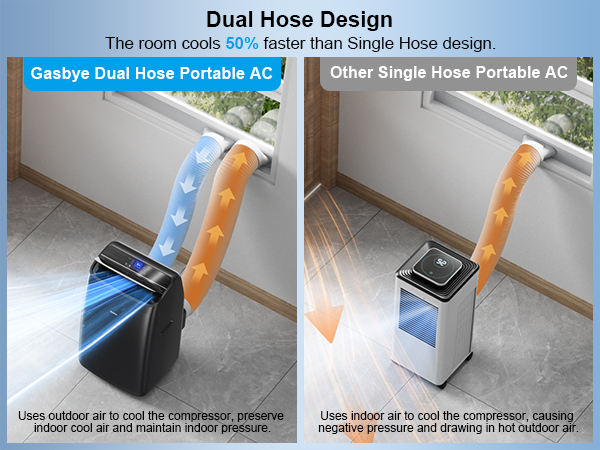
Other than the fact that single hose PACs already work harder since they use up inside air, the process of venting it outside creates negative pressure; the air that was removed must be replaced, and it will come from outside. Despite this huge inefficiency, the inside space will at least be around 20+ degrees cooler than it is outside, so on 100 degree days, 80 degrees or less is expected, and that’s better than having a heat stroke. But long term, single hose PACs are not something you want to invest in and should be avoided if at all possible; just think about your PG&E bill. For me, there wasn’t a whole lot of options, as the end of summer and the upcoming holidays meant there’s very little options. I’ve already returned a really expensive GE single hose PAC after 3 weeks; its compressor had already failed before it reached the 30 day window I had. The weather is still unreasonably hot during the day, so here I am with yet another single hose model in the hopes of just riding out this final week of heat before putting it where it belongs. With the cooler weather in sight, if you’re in need of an AC for next summer, it’s best to be prepared; do your own pricing and research just before the hot season strikes again.

